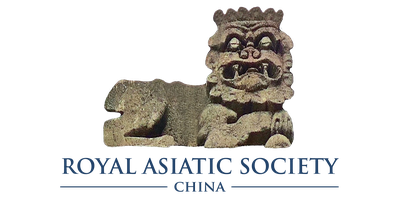The post-war era of Japan was time of nation rebuilding and a slow ascent toward social and economic recovery. Tatsuo MIYAJIMA was born in Toyko in 1957, just five years after the Allied occupation of Japan. Growing up in an era of vibrant cultural activity, Miyajima studied oil painting as an undergraduate and thereafter as a graduate student in Tokyo. During the 1970s, he became inspired by artists such as Joseph Beuys and Allen Kaprow who were exploring the then-novel phenomenon of "Happenings". In his desire to unify the ephemerality of performance with its remaining trace, Miyajima began to produce installations and sculptures to express and record the ambivalence of the time's passage. In the 1980s, he started using LED counters in his work that soon become the defining signature of his artistic practice. Mining the potency of LED numbers, he translates the digital language of machines into a metaphor for the incongruent pace of human life.
This museum discussion will take place as we walk through the new structure of the recently re-located Shanghai Minsheng Art Museum and engage with works of art on site. Please join Art Historian Julie Chun and Minsheng Curator Sun Qidong as we delve into the context of Japanese post-war history and society to gain a deeper understanding of Miyajima's critical works.
Image credit:
Tatsuo Miyajima 宫岛达男 Time Waterfall《时间瀑布》, 2019
(L.E.D., 256 x 1200 x 128 cm)
Image courtesy of Lisson Gallery; photo by Julie Chun


